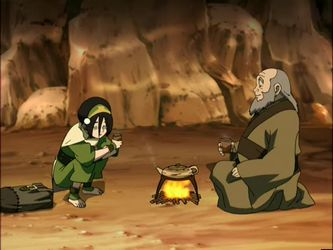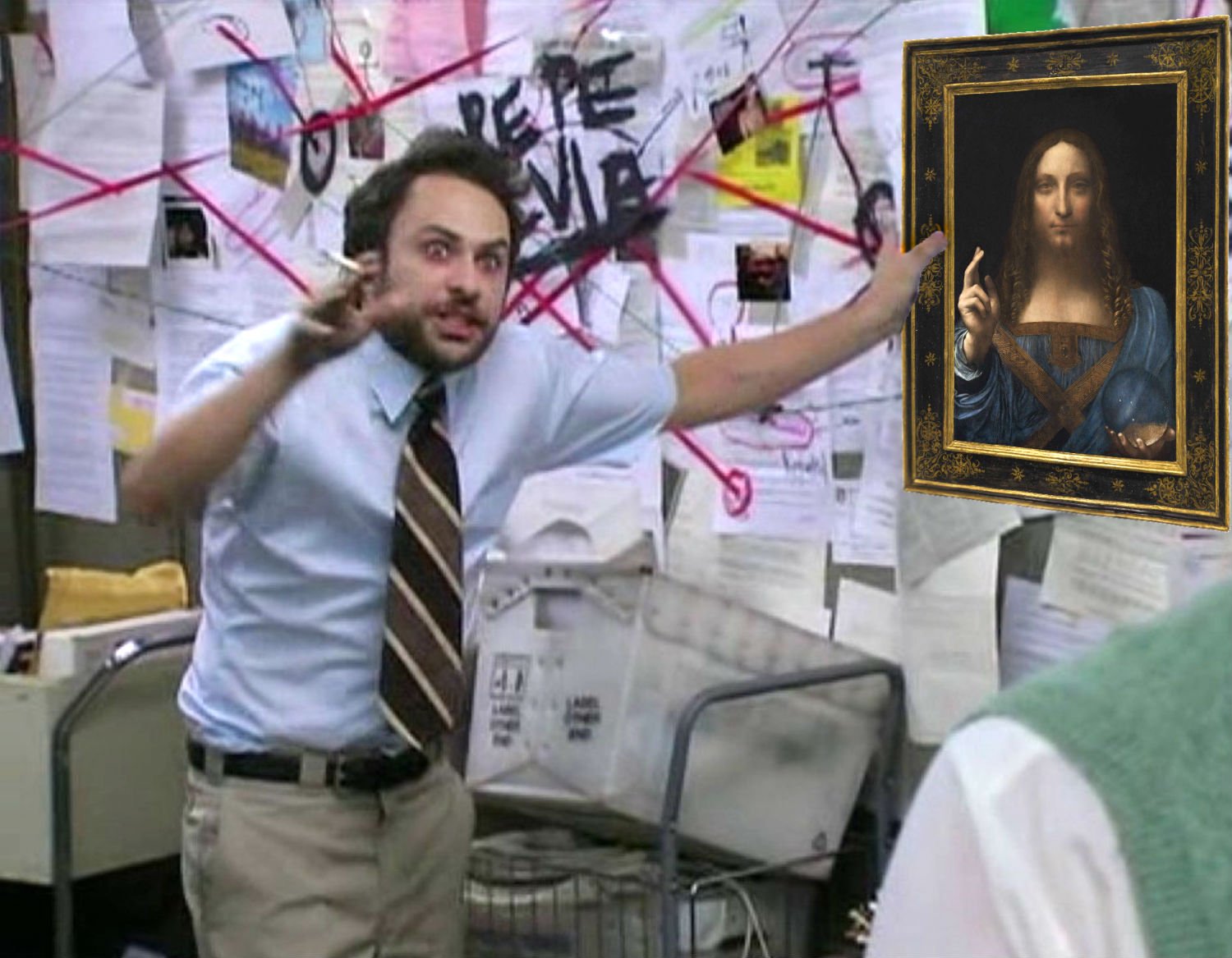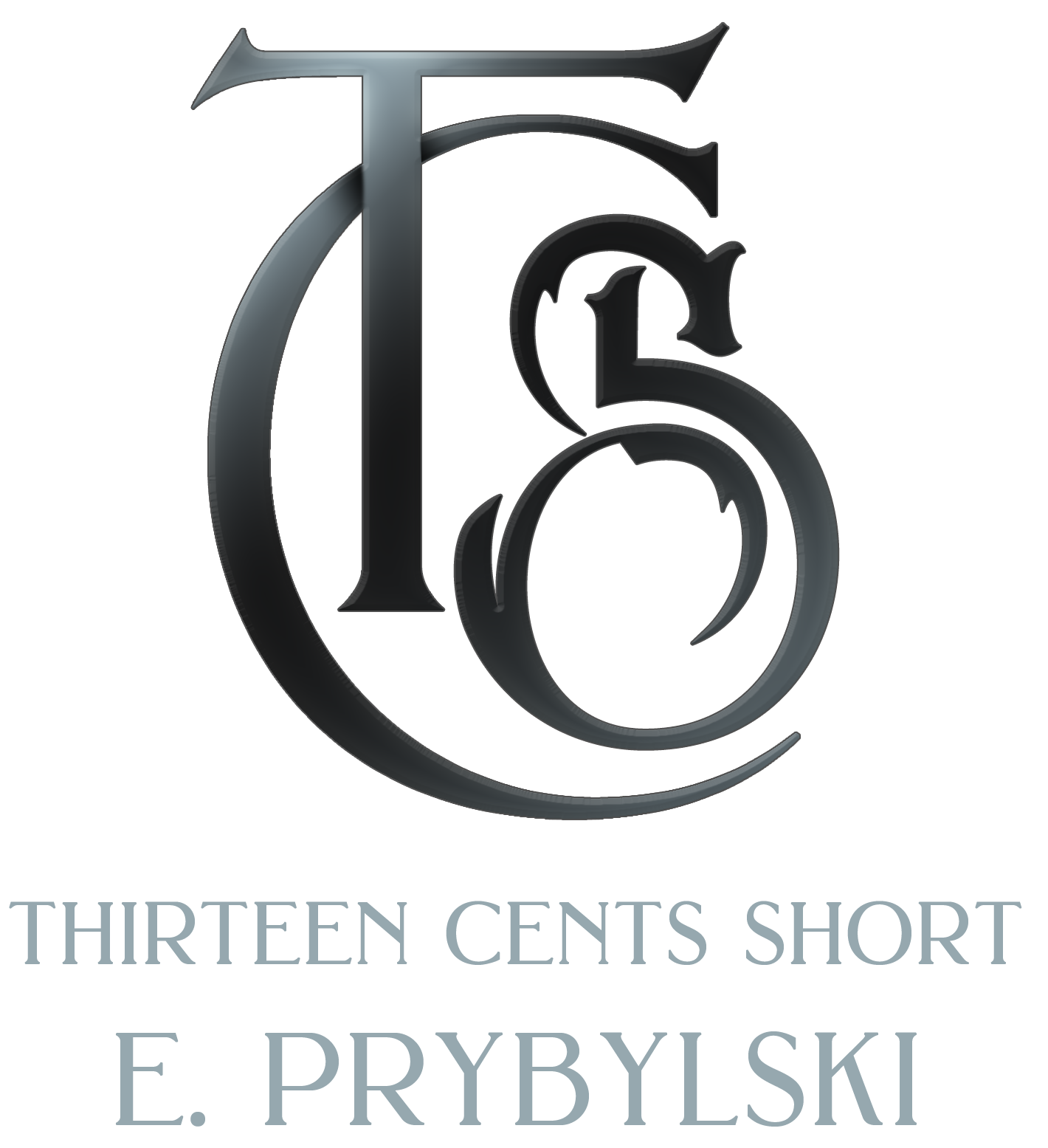In last week’s blog, we talked about how to structure a series using the Beat Sheet by using the example of the first season of Avatar: the Last Airbender (AtLA). I laid the whole season out using the Beat Sheet to demonstrate how the season followed the structure beat for beat and going through where the various episodes fit into the larger structure.
Honestly, this is one of the reasons why the series stands as one of the great examples of storytelling. Their creation of an extremely strong structure is one of the ways AtLA set itself apart from its peers and is so iconic. Yes, of course there are other ways and reasons this show is so powerful and valuable–that goes without saying–but the rock-solid structure is a cornerstone (pun intended) to that.
As I mentioned last week, looking at AtLA, each episode follows the Beat Sheet perfectly. As does each season. So there are two layers of the three-act structure already. Now, we pull back and look at the entire show as a whole. As with last week, this is going to be quite a long blog. And if you know nothing about AtLA, I suggest watching it. It’s available on Netflix right now, and you can tell yourself you’re researching writing. Or, if you don’t feel like watching three seasons of a television show, you can check out Wikipedia for a general jist. You may find some of these beats are actually the same as the Beat Sheet focused on just the first season because (surprise surprise) they can overlap like that!
I will not be laying out every detail of the plot here, so if you don’t know the show, you’ll likely struggle to have any idea what I’m talking about. I apologize for that, but you really should watch the show. It’s one of the best works of fiction I have seen/read/consumed in many years.
Opening Image: Katara and Sokka are introduced as Water Tribe (after the opening intro that gives us a status of the world and an introduction to Fire Nation aggression). [Seas 1, Ep 1: The Boy in the Iceberg]
Set Up: Katara and Sokka find Aang frozen in an iceberg and wake him up, discovering that he is the long-lost Avatar. They wrestle with this and bring him back to their village where Katara and Aang adventure onto a Fire Nation ship, alerting the Fire Nation to someone being active there and drawing the attention of Zuko, who is introduced as the villain. [Seas 1, Ep 1: The Boy in the Iceburg]
After alerting the Fire Nation to Aang’s presence, Zuko and the Fire Nation attack, causing Aang to be kicked out of the Southern Water Tribe village. Katara and Sokka join him, refusing to let him go alone. They then start the journey to the Northern Water Tribe to learn Waterbending. [Seas 1, Ep 2: The Avatar Returns] The theme of this season is more or less Aang learning about the changes in the world since he was trapped in the ice a hundred years ago. It also introduces the theme of the entire series which is Aang’s avoidance of his destiny as the Avatar and desire to just be the twelve-year-old kid he is.
Aang, on the way to the Northern Water Tribe decides to detour to visit his home in the Southern Air temple. Though he discovers it has been ravaged by war, and that his mentor, Monk Gyatso, was slain by Fire Nation forces. [Seas 1, Ep 3: The Southern Air Temple]
Theme Stated: Through a number of episodes in season one, we start to see the themes of the show unfold. First, we see the fact that Fire Nation aggression has resulted in the deaths of many people and beyond that the war has affected the whole of the world. As has the Avatar’s supposed death. Most of the first season is devoted to setting this tone and putting these themes out on the stage. It also introduces Zuko and his conflict a little bit, using Uncle Iroh as a foil to keep him at least somewhat sympathetic even as he chases the Avatar all over the world.
Catalyst: The Midpoint of season one is actually the Catalyst for the series as a whole. [Seas 1, Ep 7 & 8], with Avatar Roku revealing the existence of Sozin’s Comet giving a ticking clock (the comet, which remains in play until the end of the series) and pushing Aang to embrace his role as the Avatar and take responsibility for what has been happening in the world in his absence. Aang struggles with this, but it sits in his mind through the next beat.
Debate: Over the next few episodes, Aang wrestles with this timeline. He struggles with this all the way to the end of the first season, despite his willingness to go forward and both try and protect the Northern Water Tribe from the Fire Nation and become a master of waterbending.
Break Into Two: The break happens at the end of season one (Seas 1, Ep 19 & 20) and at the beginning of season two (Seas 2, Ep 1: The Avatar State). Aang at this point has chosen to act on what he learned from Avatar Roku about the comet and deciding the Fire Nation has to be stopped–particularly after seeing the devastation they wreak on the Northern Water tribe at the end of season one.
B Story: Guess who falls in love? We have the start of the “B Story” emerging as Aang and Katara start exploring their feelings for each other just a little (Seas 2, Ep 2: The Cave of Two Lovers). Right on cue, they blush and giggle and provide a little relief from the stressful nature of the meta plot.
Promise of the Premise: Also known as “Fun and Games,” this part of the show focuses around Aang learning more about bending, it’s where they meet Aang’s earthbending master (Toph) and get a little break from a lot of the more serious things happening. This bounces back and forth between some very serious and difficult episodes to some lighter ones, but season two, episodes three through twelve are more or less this segment of the structure.
Yes, losing Appa in “The Library” is an extremely painful moment, so not everything is happy and fun, but it’s a part of the show where the characters grow, develop, and work without being borne down upon by their enemies, and they have the freedom to grow and learn important data for future beats more or less unencumbered by their enemies. They discover the eclipse as a possible date to strike at the Fire Nation, also.
Midpoint: The midpoint of the show, where everything is both great and terrible, occurs while the main characters are in the city of Ba Sing Se. It begins with the drill arriving at the city [Seas 2, Ep 13: The Drill) and continues through the whole end of the second season. As I told you early on, the second act encompasses more than just season two (reflecting that the second act is typically about 50% of the story).
At this point in the story, everything is both great and horrible. For Zuko and Iroh, things are fantastic. Zuko and Iroh are bonding, and Zuko seems to be giving up on the chase for the Avatar and deciding he wants to be his own man. For the other protagonists, everything is awful: the Earth King doesn’t believe in the danger, and he’s being heavily manipulated by forces who are decidedly not working in his favor. And Appa is missing, which leaves a huge gap in not only the group’s tactics but their heart.
However, at the very end of season two, a pivotal moment happens where Zuko turns on Iroh and stands with Azula, and Azula strikes down Aang, leaving the world to believe the Avatar has fallen. Also, this is a cliffhanger in the show because while we know Aang is alive, he’s in a very bad way, and this moment shows the distinct end of pretty much everything the group was hoping for and working toward for a large portion of the story thus far.
Bad Guys Close In: The beginning of season three has the bad guys closing their jaws around “Team Avatar.” While they’ve collected their little group of allies, the world thinks the Avatar is dead, and Aang is trying to wrap his head around the fact that the Fire Nation is, at least right now, winning. Ba Sing Se, the last great bastion in the Earth Kingdom, has fallen. While there are some episodes and moments of breathing room through here, you can feel the jaws closing around Team Avatar as they work to prepare for the invasion plan they’re launching during the eclipse learned about at the library.
All Is Lost: This distinctly occurs in season three, episodes ten and eleven, The Day of Black Sun. They’ve prepared as best as they can through a large portion of the show starting back in episode ten of Season Two (The Library). However, the invasion doesn’t go as planned whatsoever and turns into a catastrophic failure with the Avatar losing a number of his allies all at once when he comes to realize that the Fire Nation knew about the plan all along and had lured them into a trap.

Darkest Point: In terms of the series, this doesn’t last very long–it’s only one episode [Seas 3, Ep 12: The Western Air Temple]–but the team is defeated, Aang is back to avoiding everything and kind of trying to shirk his responsibility a little, and Zuko at that point has lost everything and everyone and coming crawling to Team Avatar to try and make up for what he’s done. This is, thus far, the most hopeless the group has ever been.
Break Into Three: This moment happens when Zuko finally joins the group, and he and Aang rekindle their hope and their firebending (which is a metaphor for a lot of things in the show and moment)[Seas 3, Ep 13, The Firebending Masters]. I could nerd out about this for a long time, but let’s just sum it up to say that Aang’s ability to study firebending and utilize it as well as Zuko’s new understanding of the source of his fire, his passion, all sort of comes together in a really beautiful way in this episode. And it launches the show squarely into act three.
In addition, there are several episodes that show various characters coming to terms with things they’ve experienced and entering into a new understanding of themselves and a new relationship with Zuko, symbolizing the beginning of the divide healing. This occurs as Sokka and Katara face their hatred for the Fire Nation manifest in Zuko through these adventures.
It’s worth mentioning that through this you also see Azula, Zuko’s sister, unraveling under the weight of being her. She thinks she has everything she’s ever worked for, but none of it brings her peace, and her mental health (and Firelord Ozai’s) deteriorates rapidly through this portion of the show as counterpoint to Zuko’s phoenix-like rise from the ashes he had collapsed into at the end of season two.
Finale: This should come as no surprise, but the finale is a four-part episode at the end of Season Three, titled Sozin’s Comet. Through these episodes, Azula and Ozai finally lose the last gasp of their sanity, the Order of the White Lotus (which has been mentioned through the show) finally shows up and reveals themselves to be allies the group had all along, Zuko is reunited with Iroh in a scene that never, ever fails to make me cry, and Aang learns what his position truly means and rectifies his pacifist nature with the fact that one way or another he must face Firelord Ozai in battle.
The penultimate showdown happens, and Aang defeats Firelord Ozai along with various other friends and allies showing up to face down the Fire Nation armies.
Final Image: Here, in contrast to the beginning where we have Aang as a child who wants nothing to do with his role, we have a fully realized Avatar. Zuko takes over the Fire Nation and ends the war, having come to understand the gravity of what his country had done wrong, and he begins to try and make amends with the rest of the world. And in stark contrast to the outset, he and Aang greet each other as dear friends, not only healing the rift between them but healing a multi-generational gap that began with Zuko’s grandfathers and their war between them.
There’s a lot of hefty symbolism here I won’t sling at you if you haven’t seen the series, but suffice to say: it’s a complete and obvious change from where the world and characters started, showing the completion of their journey.
OKAY. Time for some tea.

So, as you can see through the series, the Beat Sheet (and three act structure) has three distinct layers. You have each episode, which uses the three-act structure from start to finish. Then you have each season’s metaplot, and finally you have the entire series metaplot.
Okay, so how does this relate to writing a novel? I’m not making a freaking TV show!
I’m glad you asked. In the terms of novel writing, I’d view each season as a novel, more or less, with the episodes as chapters. While your chapters do not, cannot, and should not all follow the three act structure like an a television series should (don’t try it; you’ll feel like you drank the cactus juice), if you are looking to write an entire series, you should start your series with an understanding of the metaplot superstructure.
There are times when we don’t always know if we’re writing a series (Storm Front by Jim Butcher was intended to be a stand-alone) and may not have much of a meta right at the outset, and that’s okay. But once you realize you’re working on one, you should consider how many books you want to write (roughly) and what the meta plot is going to be.
I advise using the Beat Sheet to plan it all out, myself, but I advise the Beat Sheet for everything. But you can use whatever structural methodology you ascribe to. Once you’ve got that done, you should have a rough idea of where each book falls in the metaplot and what parts of the meta should be happening in the background while the characters deal with the plot of the book.
Going back to AtLA, in season one, the primary plot of the “book” is: get to the north pole to learn waterbending! However, it also serves as the first act of the meta plot. It gets a little more complicated in Season Two because the second act of the metaplot is all of season two and a large chunk of season three!

The primary plot of season two of AtLA is Aang trying to both learn Earthbending and figure out how to defeat the Fire Nation before the arrival of Sozin’s Comet. Secondarily, this season is also where Zuko starts to develop reservations about what he’s doing and really struggle with what his role in all of this should be. The war in him between what his uncle says and his father’s intentions for him plays out large through this part of the story, so honestly I’d almost argue that Season Two of AtLA is almost more about Zuko than everyone else. But that’s just my opinion.
On the meta, this whole seasons is only the first half of act two of the meta plot, so at the end of the season, we are at the point in the whole story of peak tension. Hence the season ending more or less on a cliffhanger. Which is about the only acceptable use of one, by the way. You should know by now how I feel about them, and if you’re new to this. . .let me sum it up:
DO NOT.
So, that said, you can see where everything falls in the course of the metaplot. If you read last week’s blog, you can also follow along and see where the first season plugs into the first act, following both its own structure and fitting into the superstructure of the meta.
I think that’s about the best explanation I can give with the best example I could come up with. I could have used Star Wars again, but this felt like it suited the question better than Star Wars. And I always do Star Wars, so this time it was on to a different world of nerdom entirely. You’re welcome.
If this doesn’t make sense to you (outside of you not having seen AtLA), PLEASE leave me comments. I want to make this as clear as possible, and with how complex the topic is, I want to ensure it’s as straightforward as I can make it.
